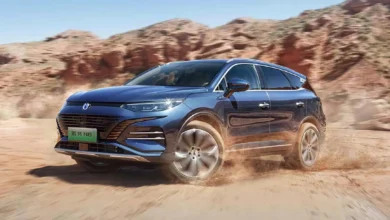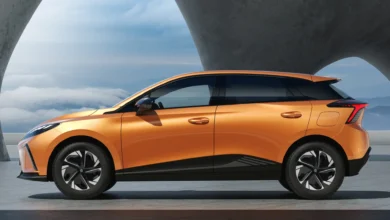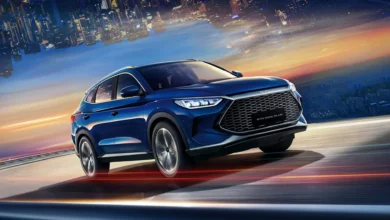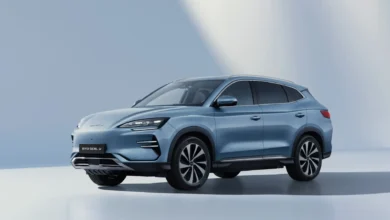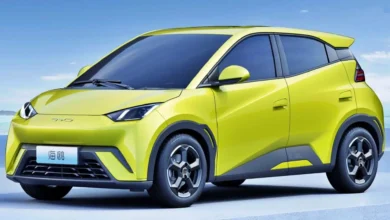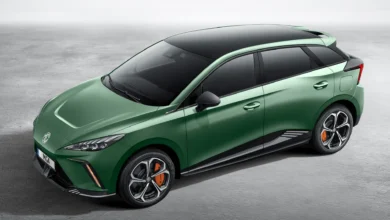
For more than 30 years, Chinese manufacturers have been unable to compete with European, North American, and Japanese high-end brands, with Hongqi being the exception that proved the rule. But in the era of electric cars, and with the Chinese automobile industry being much more developed, new opportunities are opening up in the high-end range. BYD wants its piece of the pie.
Right now BYD is structured between the access models e1, e2, e3…, followed by the Dynasty range ( Qin, Tang, Song, Han…), and above that the Ocean range (Dolphin, Seal, Frigate…). The Denza range is positioned at a more premium level. BYD is going to grow up with a high-end brand for China’s deepest pockets, and the potential clientele is measured in the millions. BYD could thus invoice even more with a low volume.
To date, it was known that this high-end brand would have prices starting at 800,000 yuan, almost $116,500 in exchange, and would cap at 1.5 million yuan, about $218,500. According to the Chinese news First Financial, and based on a tip, they will raise the bet to one million yuan, more than $145,600, for the “since”. This pricing policy is due to brand positioning, not because raw materials have risen in price.
That will be much more than what they ask for their most advanced model, the Denza D9 EV in a limited edition of 99 units, which will scratch $100,000 in exchange. Denza is a joint venture with Mercedes-Benz, but it is fundamentally owned by BYD, given its 90% stake. The new brand will function separately at the sales, service, and after-sales levels.
According to the source, the new brand or product line will be presented very soon, before the end of the year, and in the first quarter of 2023, it will have a mass production rate for its first model. Of course, it is most likely an SUV, it better justifies a high price, and is fully electric. In the interior, the price will have to be justified with the best that they have available in terms of materials, qualities, and technology. In addition to looking exclusive, it will have to be.

It is not unreasonable that this approach, that of an expensive Chinese brand, finds its place in the Chinese market, especially concerning models from import ranges -because they are not produced in China-. The growing middle-aged, high-net-worth clientele cares less about the pedigree and accumulated status of the better-known brands, and using a specific brand doesn’t carry the stigma of earlier low-quality or simple copy-pasted models. Westerners.
In addition, the Japanese Premium brands have already shown that it is possible to access a clientele with greater purchasing power by differentiating themselves from the general range. Lexus (Toyota) has been the most successful, followed by Acura (Honda) and Infiniti (Nissan). It is also true that this has worked more in the United States than in Europe, depending on whether orchitis works better or worse.
Could the new BYD brand come to Europe?
Surely in the initial phase, this will not be the case, and BYD prefers to carve out a reputation in Europe with its general range. Then the experiment can be done in Norway, a small market with a high per capita income, where the locals do not have preferences for their brands because they do not exist. If that works, the next logical step is to attack the German, Swedish, Danish… and other Nordic markets.
Be that as it may, the Chinese always have it easier in their domestic market, where sales can be such that they justify the income statements even though in other markets they do not even know that their models exist. The shadow of traditional brands is still very long, and that is not reversed from one day to the next, especially in a wealthy clientele that needs to justify the expense to others.
